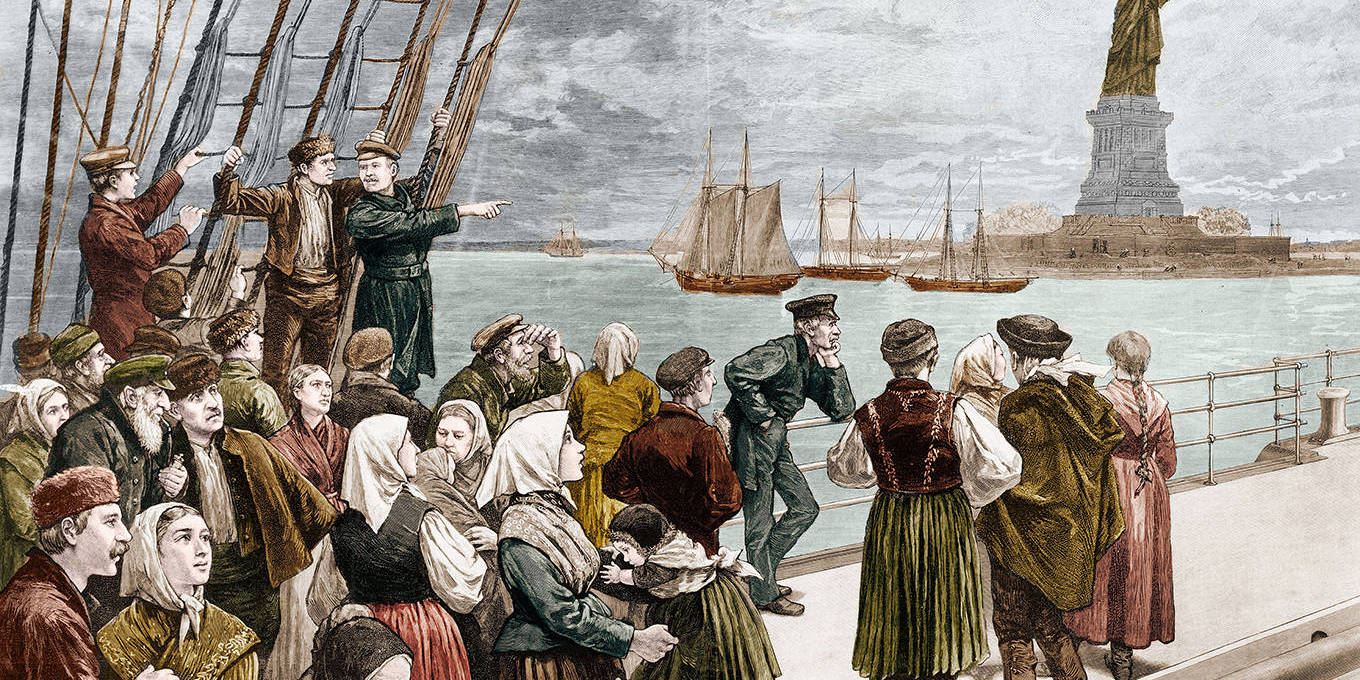Growth and the migration factor by Brigitte Granville
Wars and natural disasters have always forced people to cross political borders in search of safety and a better life. But whether they are welcomed when they arrive at their destination depends on a confluence of political, social, economic and geographic factors.
LONDON — Forced to choose a single driving factor in the development of human societies, students of world history would be hard pressed to find a better candidate than migration. In The destabilization of Europe, University of Manchester historian Peter Gatrell suggests that the periods when societies have not been “disturbed” by migration are even shorter and rarer than the intervals between wars.
Of course, war itself has been a major driver of migration throughout history. Within living memory, however, the relationship between the two has changed. The archetypal conquering hordes seeking new lands for colonization and exploitation (with current inhabitants massacred, expelled, or enslaved) gave way to a pattern of mass displacement as a byproduct of conflict larger.
In Gatrell’s comprehensive, compelling, and deeply human history, the conflict in question is World War II. But armed conflict remains the most powerful cause of refugee flows around the world, affecting both countries of origin and destination. And in The Wealth of RefugeesAlexander Betts of the University of Oxford offers an incredibly coherent and well-articulated “refugee economics” for understanding the implications of human displacement.
To continue reading, register now.
As a registered user, you can enjoy more PS content every month – free.
Register
Where
Subscribe now for unlimited access to everything PS has to offer.
Already have an account? Login


Comments are closed.